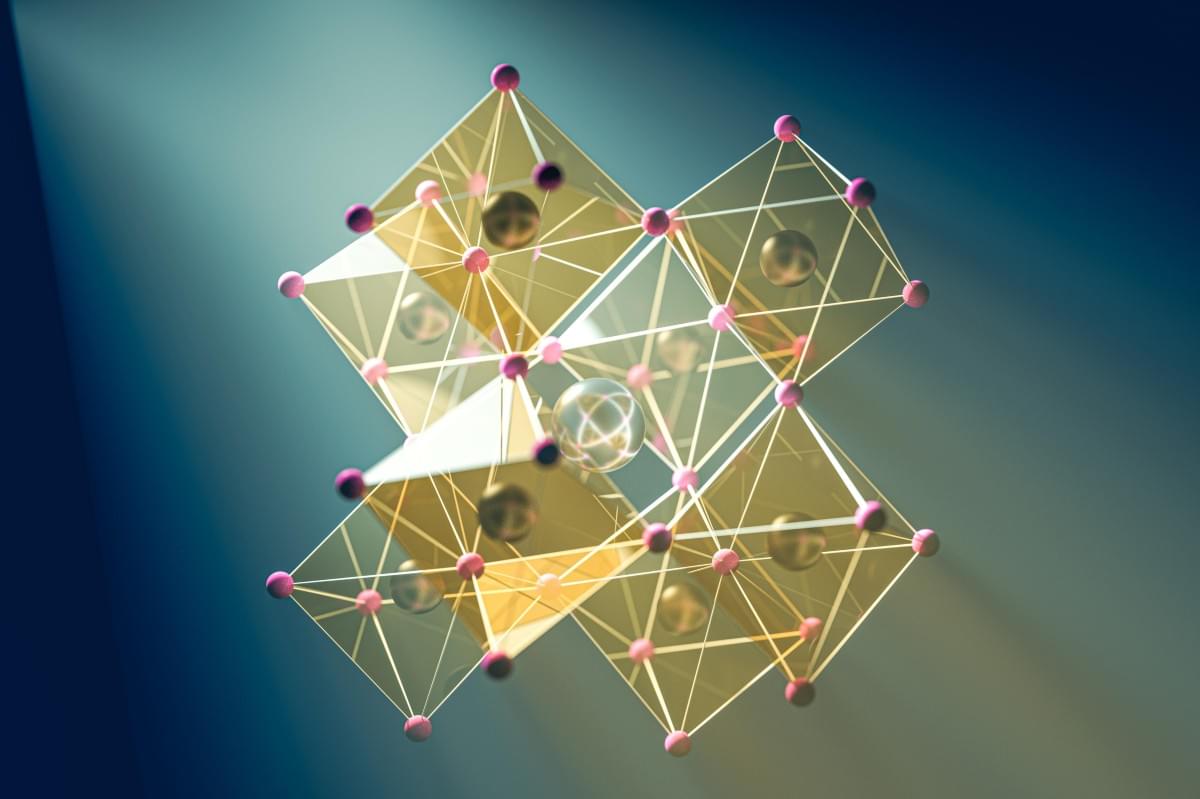To capture more of the Sun’s spectrum, Steve Albrecht of the Technical University of Berlin and the Helmholtz Centre for Materials and Energy added a third layer of perovskite to make a so-called triple-junction cell, which could potentially offer even higher efficiencies. “It is truly a product of the future,” he says.
Other researchers are teaming perovskites with organic solar cells, forming flexible tandems suitable for indoor applications, or to cover vehicles. Yi Hou of the National University of Singapore points out that the perovskite layer filters ultraviolet light that would damage the organic cell. His team made a flexible perovskite–organic tandem5 with a record efficiency of 26.7%, and he is commercializing the technology through his company Singfilm Solar.
Despite the promising efficiency results, there was broad consensus at the conference that long-term stability is the field’s most pressing issue. Collaboration between researchers from academia, industry and national labs will be vital to fix that, says Marina Leite at the University of California, Davis: “We can work together to finally resolve the problem of stability in perovskites and truly enable this technology in the near future.”
